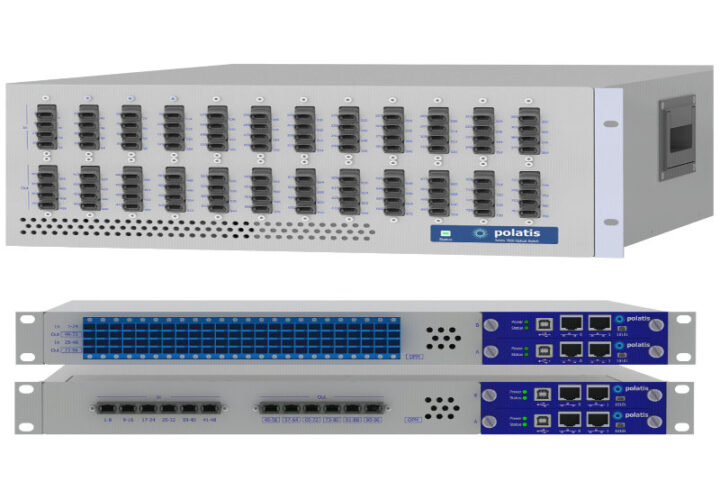
How it goes today
Let’s take a look at how optical circuits are commonly created today and what risks interconnection commonly brings.
The request for interconnection usually comes from the provisioning department. The technician receives a work order describing the two ports to be interconnected. Often without any knowledge of the context and possible consequences that can occur by disconnecting, for example, a secondary port.
Another factor that comes into play is the misfortune of most even reputable operators, who often use completely unsuitable and outdated cabinets for connecting optical circuits and thus do not make the situation easier for the technician.
Simple human error can also be a major risk. The reliability of the human factor is one of the decisive factors limiting the overall reliability of the working system. Another cause may be errors in documentation or marking.
A separate chapter is the morale of the technicians when cancelling services, where we often see that the already cancelled service is still plugged in on the original ports and turns our whole thread organization system into one big chaos.
How much does it all cost?
From the point of view of the optical network operator, it is necessary to take into account not only the small costs associated with the purchase of interconnection cables, but especially the hidden operating costs.
In addition to the technicians themselves, the documentation management department or the provisioning department, which is busy issuing and recording work orders, is also involved in the implementation of interconnections.
Adding up these costs, we conclude that the price of a single connection can be up to tens of thousands of crowns.
More efficient networking
Now let’s see how differently it can work today, respectively. how it will inevitably work in the future.
The provisioning department needs to set up a fibre optic circuit – the operator connects to the fibre optic switch in the browser, which has replaced the patch panels and connects the circuit with a single mouse click.
So simple!
Scenario number two. The optical switch is integrated into the operator’s information system via SDN technology. The optical circuit is assembled automatically by simply entering point A and point B.
What’s optical switching all about?
The above described solution of the remote interconnect panel is only a basic application for which optical switches can be used. Optical switches have the potential to one day replace large interconnection nodes or meet me rooms in data centers.
Other applications
- Telecommunications – protection switching. Switching redundant backup paths.
- Broadcasting – television broadcasting.
- Testing LABs – test automation.
- Big data distribution – thanks to SDN integration.